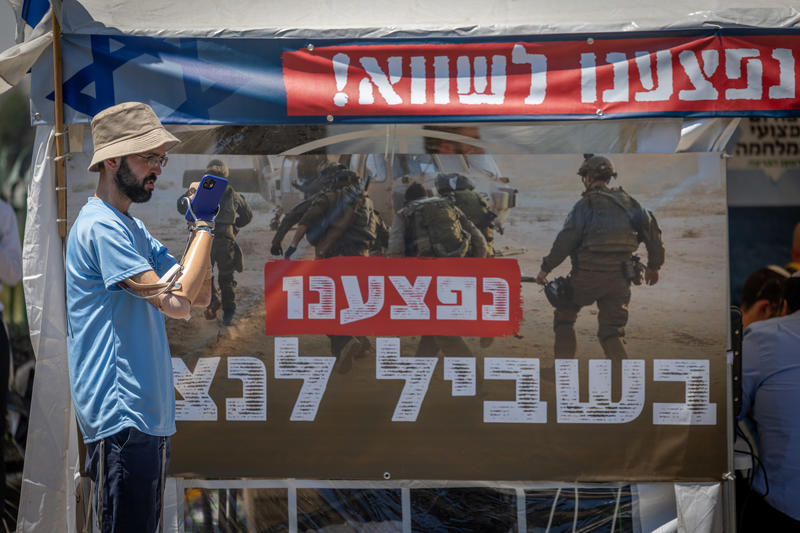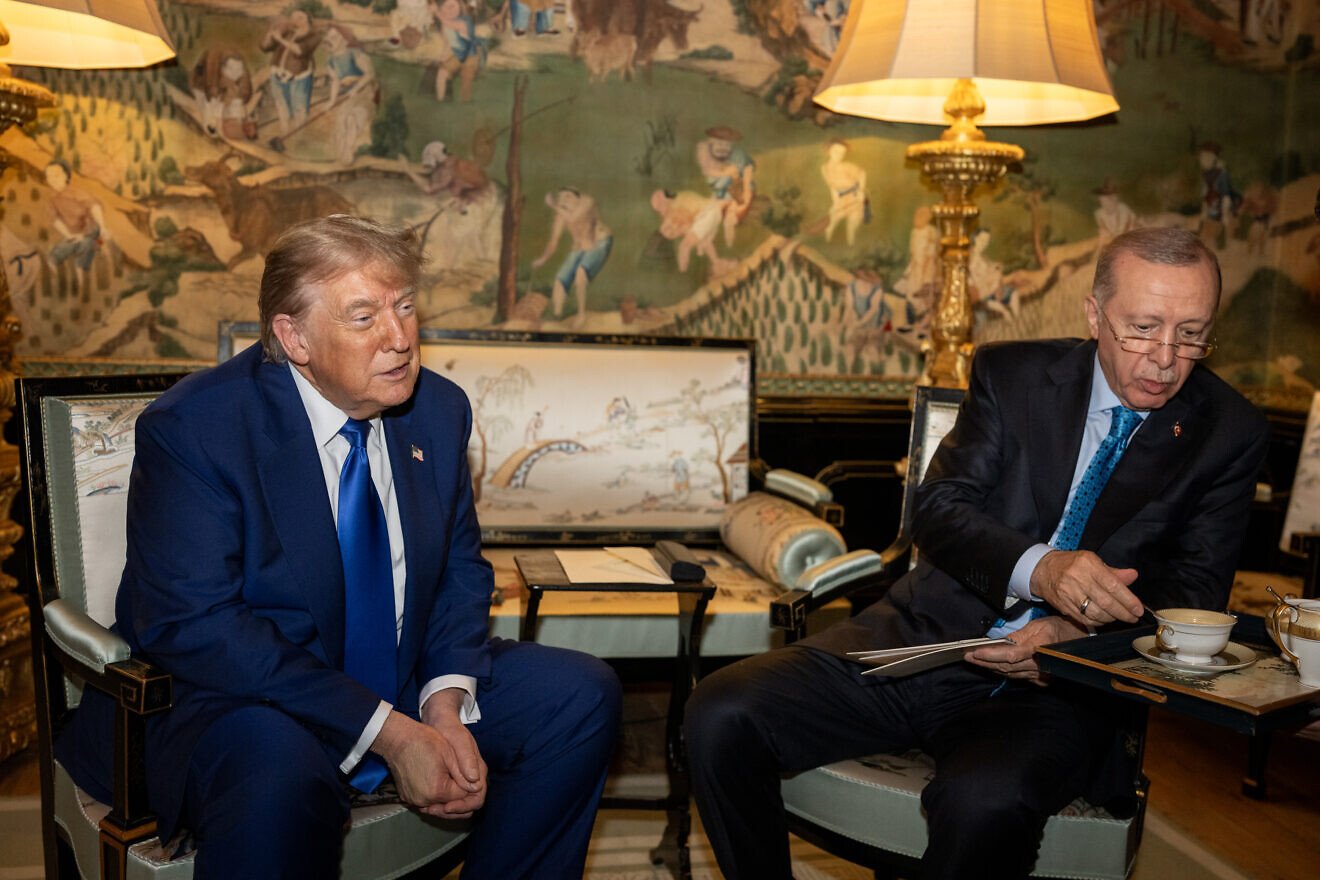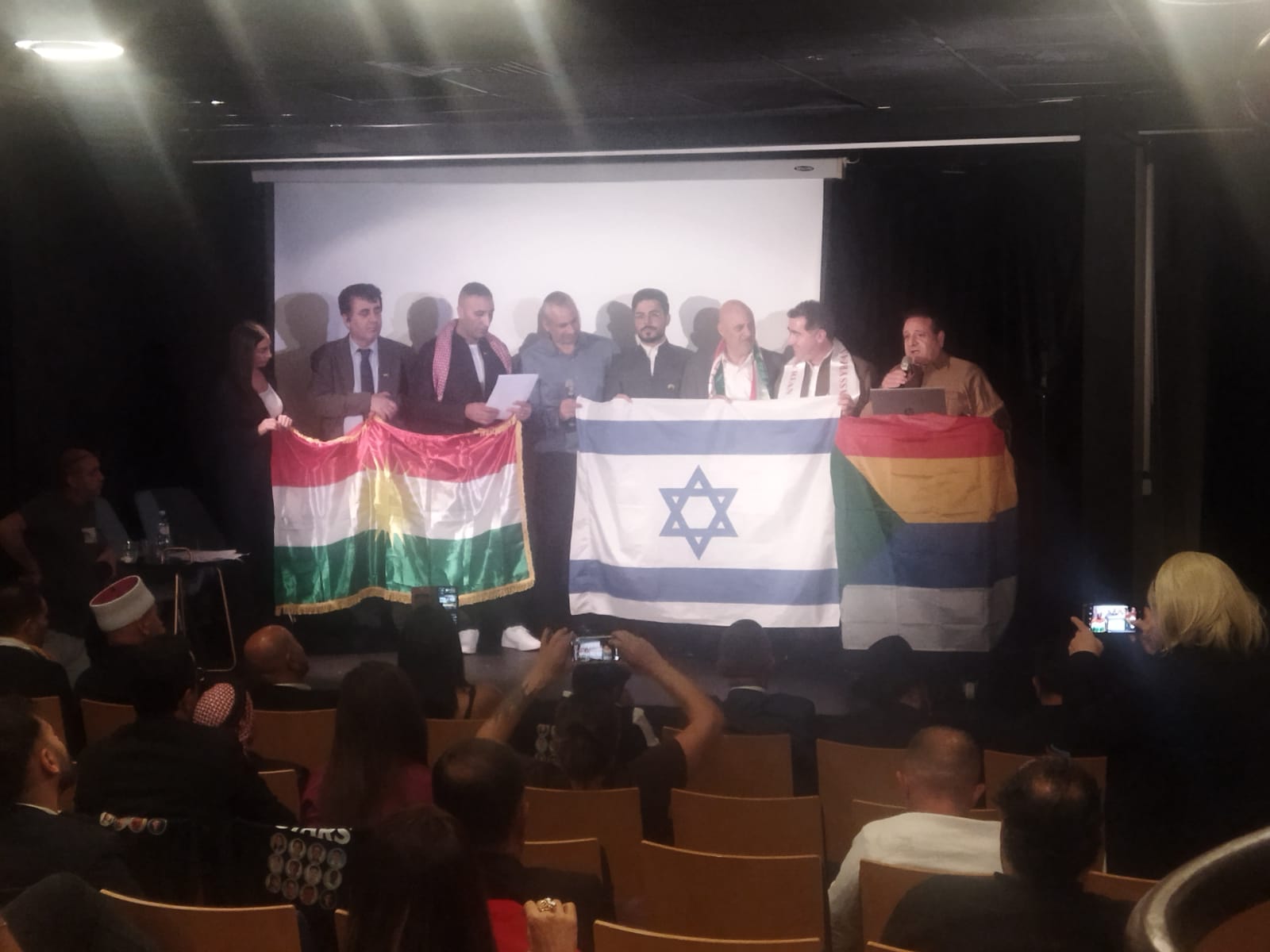The playbook is by now all too familiar: Hamas rejects ceasefire terms, claims victimhood, feeds sympathetic media a few recycled photos—and watches Israel scramble under Western pressure to ease restrictions. Again.
This isn’t diplomacy. It’s blackmail with good PR.
Hamas just ran a wildly successful international scam, complete with sick-child photo ops and sanctimonious headlines, and walked away with most of what it wanted—no ceasefire, no disarmament, no hostages released. Just more aid trucks and fewer restrictions.
The ‘No’ that paid off
First, Hamas rejected the latest US-backed ceasefire terms. Rather than being isolated for intransigence, Hamas flipped the script. Cue the “Gaza is starving” campaign, strategically timed for maximal Western guilt. On schedule, the press complied.
The photos? The same handful of faces. Circulated endlessly. A few children who look to be malnourished paired with ominous headlines: “Famine,” “Genocide,” “Urgent.” All while adults in the background—purportedly the parents—looked remarkably well-fed. Experts later debunked some of the images, like one that appeared on the cover of the New York Times, as being of children clearly suffering from preexisting conditions, and not necessarily malnutrition.
Share if you care about Israel!
NYT is using a child with a known and publicized muscular disorder as its cover image to promote a fake famine https://t.co/mgEtBt4gGl pic.twitter.com/LHILj51aqj
— Liza Rosen (@LizaRosen0000) July 27, 2025
Others turned out to be places other than Gaza entirely–a tactic Palestinians have employed in numerous conflicts–such as a clip of a newborn struggling to breathe. Palestinians and their apologists created a viral social media post that was picked up by the mainstream media asserting that the child was so starved by Israel’s cruel siege conditions that he hadn’t even the strength to cry. A rudimentary online check, the kind journalists should be conducting before publishing any story, revealed child in question was from Pakistan, and was suffering from a severe neurological disorder that caused him seizures. The clip was swiped from a Facebook page that documents such cases.
The pro-Hamas camp trawls these sources for images and clips that might serve their agenda. It doesn’t matter that they have nothing to do with reality in Gaza. Because perception beats fact.
This video isn’t even of a child in Gaza. It’s just more lies on the part of Palestinian propagandists. I am shocked that so many otherwise intelligent people fall for this kind of crap! pic.twitter.com/efJI3JRfZs
— Dr. Pepper Texan (@DrPepperTexan) July 26, 2025
Saeed Ziad, a Hamas-linked commentator, spelled it out:
“This pressure brought in the trucks. This pressure must continue.”
هذا الضغط هو ما استجلب تنازل العدو ..
هذا الضغط هو ما تسبب بدخول الشاحنات غداً :.
هذا الضغط يجب أن يستمر ..#غزه_تموت_جوعاً pic.twitter.com/MzP6OLywO4— Saeed Ziad | سعيد زياد (@saeedziad) July 26, 2025
No need to hide it. It works.
Israel gives, Hamas gets
So what did Hamas extract?
- Israel resumed humanitarian airdrops—seven-pallet food bundles parachuted in under IDF coordination.
- Daily humanitarian pauses—10-hour halts in combat across Gaza’s main corridors.
- Corridors for aid convoys, even as Hamas loots or blocks them.
- Desalination plant re-energized, with Israel restoring power to boost water output for 900,000 Gazans.
And still, Hamas offers nothing in return.
No concessions. No word from the hostages. Not even a vague promise not to shoot next week.
Instead, Israel did what it often does under pressure: try to out-humanitarian the enemy while getting none of the credit. Meanwhile, the UN and NGOs—tasked with aid distribution—continued bungling logistics and then blaming Israel.
The media: Hamas’s secret weapon
Let’s be blunt. Hamas’s greatest strategic asset isn’t Iranian missiles or underground tunnels. It’s a global media that sees every Israeli act through the lens of suspicion and every Hamas statement through tears.
They report Hamas claims with reverence. They challenge Israeli denials with indignation.
The IDF says, “There is no starvation.” Western outlets counter: “We found a toddler with a distended belly.”
Never mind that the UN has acknowledged distribution failures. Never mind that aid is flowing and getting intercepted by Hamas. Never mind that Israel facilitates entry even under fire. Those aren’t the stories that sell.
And so the narrative endures: Israel starves, Gaza suffers.
Outmaneuvered, but not outsmarted
To be clear, Hamas didn’t outthink Israel or US President Donald Trump and his team. It simply exploited a world eager to believe the worst about the Jewish state. That’s not negotiation—it’s opportunism backed by selective outrage.
And while Israel bends over backward to deliver water, food, electricity, and medical aid—to a territory governed by terrorists—it gets vilified as the aggressor.
The truth? Israel isn’t losing the battle of morality. It’s playing against referees who boo whenever it scores.
Reality check
Humanitarian aid is a moral imperative. But when that aid strengthens the very regime that started the war with one of the most heinous massacres of the past half century, it becomes more than a moral dilemma—it becomes a strategic error.
It’s time to demand reciprocity. Not just for ceasefires, but for truth. And to ask a question no one in the “international community” seems brave enough to ask: Why does Hamas get everything for free?
Until someone asks that question and actually does something about it, don’t expect any real breakthrough in negotiations. So long as Hamas can get what it wants while giving little or nothing in return, it’ll continue playing that game. And winning.
Want more news from Israel?
Click Here to sign up for our FREE daily email updates














